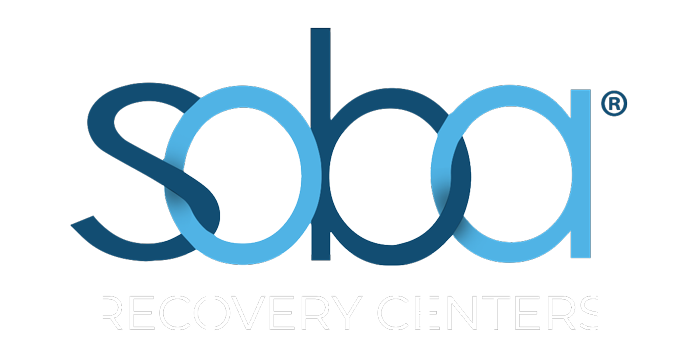Soba Recovery offers Medication Assisted Therapy (MAT) in adjunction to our other holistic modalities such as behavioral therapies, yoga, massage therapy and acupuncture. The goal is to treat substance abuse disorder by providing a “holistic” approach. Medication Assisted Therapy or MAT, is highly individualized based on the clients physiology and medical history, along with the type and duration of the abused substance. The main goal is for you to experience the safest, most comfortable detox process with the least amount of side effects. Your long-term recovery is our number one priority!
What Is MAT?
According to the National Institute on Drug Abuse, the long-term follow-up of recovery addicts who were on Medication Assisted Treatment, indicated that 61% of people reported being abstinent from drugs and alcohol after three and a half years, and fewer than 10% meet diagnostic criteria for dependence on the drugs. MAT has been proven to be effective in overcoming addiction and substance abuse, and improve addicts’ survival and retention in treatment, increase their ability to maintain employment, and improve birth outcomes for pregnant women. These results and the science behind them are some of the reasons why Soba incorporates MAT into our treatment program at all of our facilities.
Medically assisted therapy is used primarily to treat the addictions of opioids, such as heroin, and other opiate-containing prescription pain relievers, like Percocet, Norco, and Oxycodone. So, you may wonder how does it work? MAT works by restoring the chemistry in the brain that has been “thrown off,”. It also helps relieve the intense physical craving that you will experience during the detox process. In addition to that, MAT helps alleviate some of the physiological effects, which helps make the detox process more tolerable.
Medication Assisted Therapy Approved Drugs
At Soba, the medications we utilize for the MAT approach are approved by the Food and Drug Administration. The three medications that are indicated to treat opioid addictions are methadone, buprenorphine, and naltrexone.
- Methadone: This is a synthetic opioid that is a designated schedule II drug. Methadone is indicated to treat severe pain. However, at a lower controlled dose, methadone can be used to alleviate withdrawal symptoms and relieve intense craving in opioid addiction, especially heroin. This synthetic drug works by binding to the same target as heroin, morphine, and other opiate prescription pain medications. Once these “targets” are occupied with opiates, they become activated. When the activation of these targets takes place by the abused substance, the end effect is euphoria – the hallmark of drug addiction. With Methadone, even though the target is the same, methadone works at a slow, controlled rate. Therefore, at the treatment dose, methadone alleviates withdrawal symptoms without producing the euphoric effects.
- Buprenorphine: Like Methadone, Buprenorphine works by binding to the same receptors or “targets” as the abused substance. The difference is that Buprenorphine is a partial agonist, while methadone is a full agonist, meaning Buprenorphine would activate these “targets” less strongly than the full agonist – the abused substance. By doing so, Buprenorphine improves withdrawal symptoms and craving sensations.
- Naltrexone: Opposite of Methadone and Buprenorphine, Naltrexone works by blocking the activation of the opioid receptors or “targets.” Naltrexone works by preventing the abused substance from binding to these “targets;” therefore, it blocks the rewarding effect such as euphoria.
What to Expect With Medication Assisted Treatment
All of the medications mentioned above are available at Soba. You might wonder how do you know which one is the best fit for you? No worries! Our clinicians and staff are highly trained when it comes to opioid addiction treatment; therefore, the therapy will be highly individualized in addition to counseling psychological support to best suit your needs. As far as duration, there is no maximum or minimum recommended length of therapy. The need of staying on MAT should be reassessed by your provider and discussed with you periodically.
All of the above medications come in different dosage forms for easy use and convenience. They come in tablets and skin patches. Buprenorphine even comes in a once-a-month injection.
The most common side effects of these medications are similar to those of opioids, such as constipation, alterations in sexual functioning, weight gain, and sweating etc. These side effects will be discussed in great detail with you once you are enrolled in the MAT program. Ultimately, our goal is to come to a joint decision with you since you are a part of the team.
Your Success Is Our Success
The ultimate goal is your lifelong recovery. Sometimes, addiction and seeking treatment might seem so daunting, but please be assured that we are here for you. Reach out to us today if you or a loved one is seeking addiction treatment. Our staff will happily review all of our different treatment options for you. Call us now!



